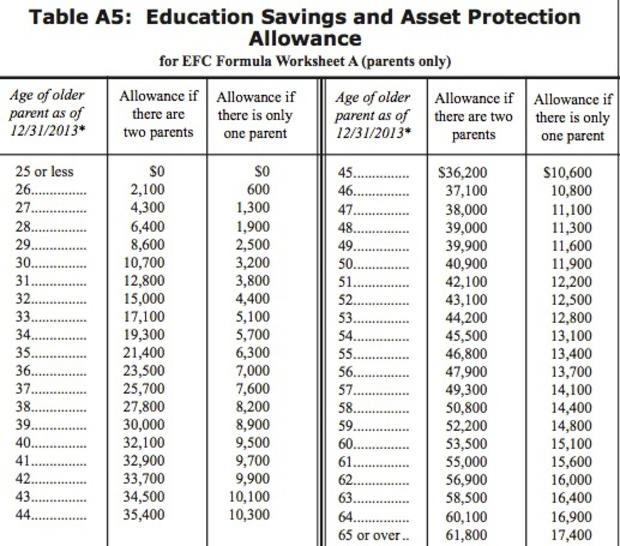A common myth about college financial aid
(MoneyWatch) Are you one of the millions of U.S. families that never bothers to file for college financial aid?
Parents offer lots of explanations for why they don't apply for such assistance, but one common reason is this: We have too much money saved to qualify for financial aid.
What people often don't realize is that money set aside for college does not represent some sort of money time bomb. These assets usually don't hurt a family's chances for financial aid. Here are three reason why many parents don't have to worry about their savings disqualifying them from college aid:
1. Retirement money isn't counted. Colleges don't care how much money parents or students have saved in retirement accounts. The "Free Application for Federal Student Aid," or FAFSA, the form required by college for need-based financial
aid, doesn't even ask families if they have a retirement account.
2. Everyone can shield some cash. Colleges and universities will care about your non-retirement assets,
but even then the FAFSA allows parents to shield some of this money
from federal financial aid calculations. The amount that you can protect
from the aid calculation is tied to the age of the oldest parent. Older
parents get a bigger break because they are closer to retirement.
You can determine how much money you can shield by looking at the following federal asset protection allowance chart, which is subject to change every year:
Asset protection allowance example
Let's take a look at how this asset protection allowance works. Let's assume that the oldest parent is 57 years old, which would entitle a couple to an allowance of $49,300. This would allow the parents to shield up to that amount of their non-retirement assets, including 529 plan holdings.
What happens if the parents have non-retirement assets that exceed the allowance? These assets are assessed at the parental rate of 5.64 percent. Let's say for this example that the parents have saved $100,000. Subtracting the allowance from $100,000 would leave $50,700.
You would then multiply 5.64 percent by 50,700 for financial aid purposes to get a final figure of $2,859. This figure would be the amount that is added to the family's "expected family contribution" that represents, at a minimum, what a family would be expected to pay for one year of college.
Put another way, having savings of $100,000 would only hurt aid chances by less than $3,000. And the aid that this family lost out on might only have been loans, rather than other kinds of financial support.
It's clear that saving money for college -- even a considerable amount -- won't significantly affect the ability to get college financial aid chances for most married couples. Single parents, however, receive a significantly lower asset allowance, which is unfortunate.

